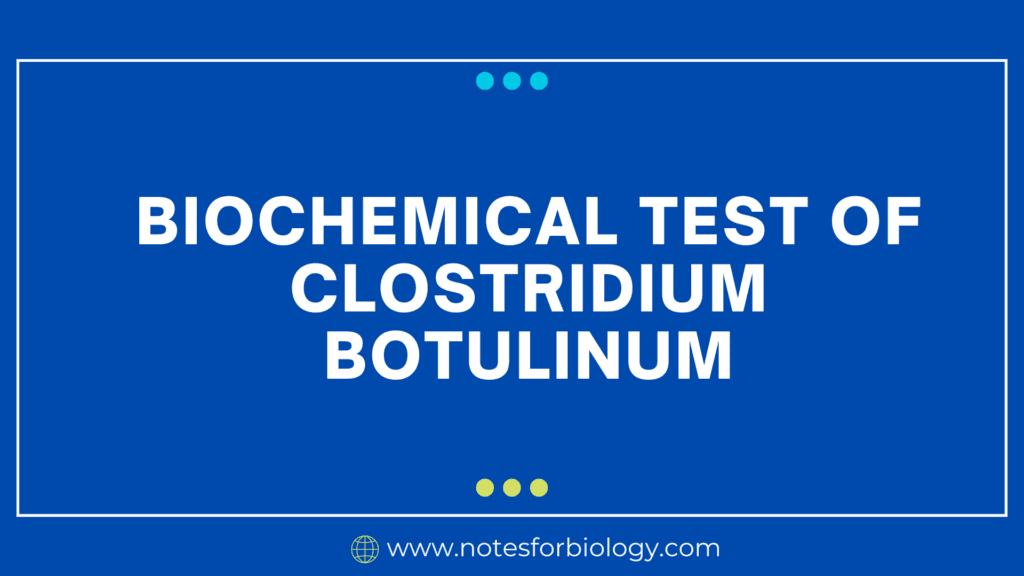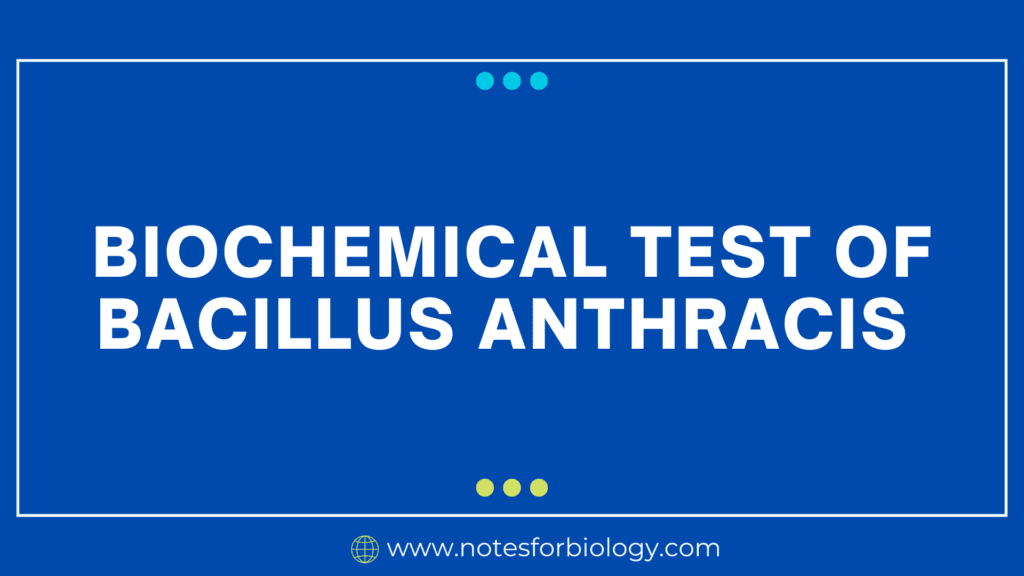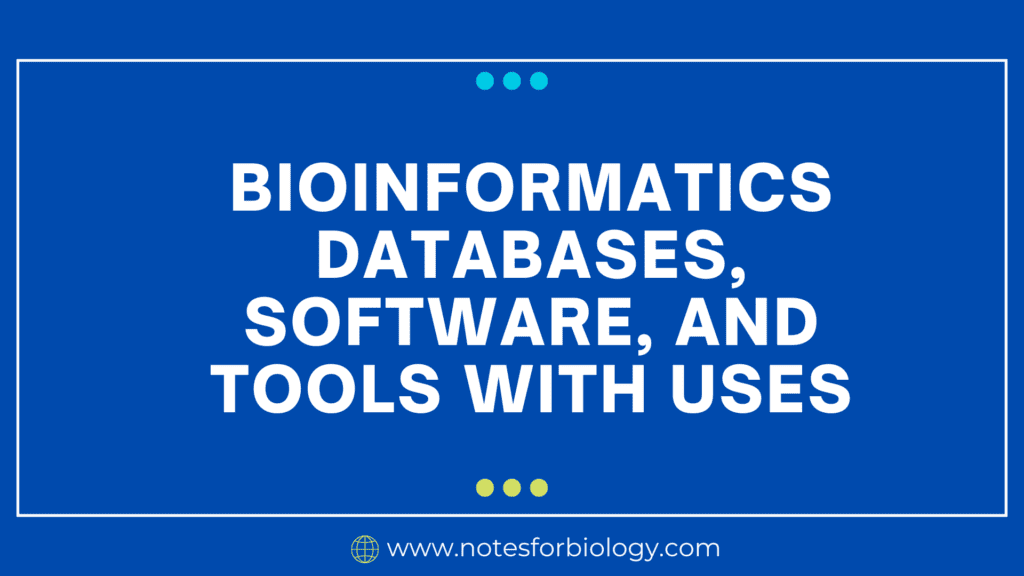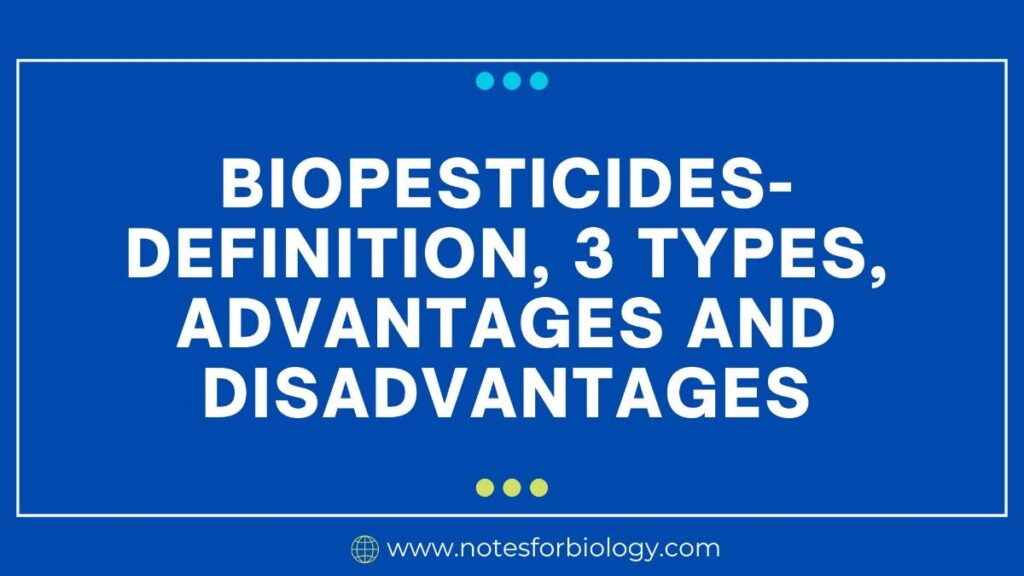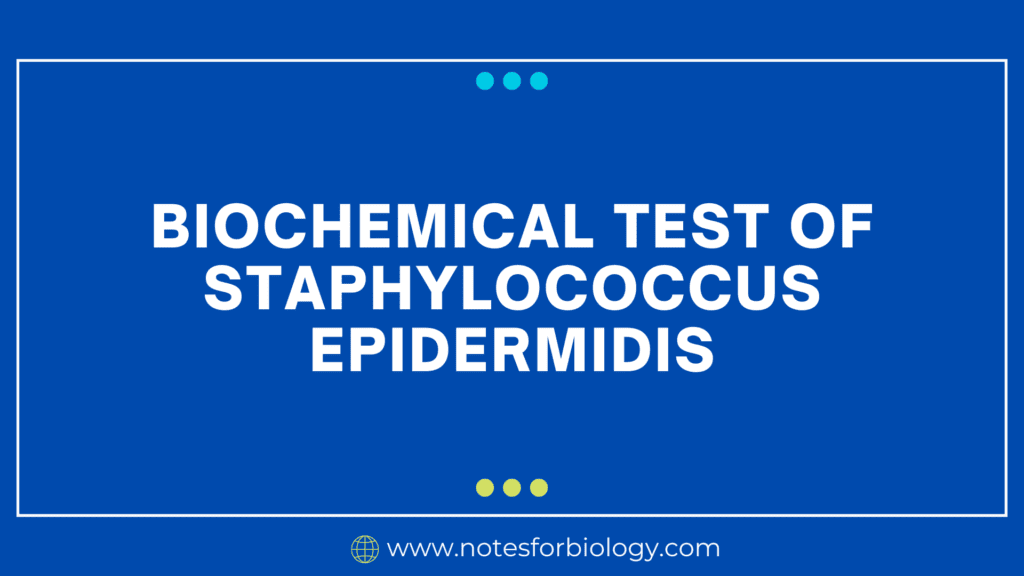Biochemical Test of Clostridium botulinum
Clostridium botulinum biochemical assays are critical for detecting and characterizing the bacteria, especially in clinical and food safety contexts. These tests include toxin detection, bacterial isolation, and biochemical characterisation. Clostridium botulinum biochemical tests are laboratory procedures that employ the bacterium’s biochemical characteristics and toxins to identify and characterize it. These assays are critical for diagnosing […]

